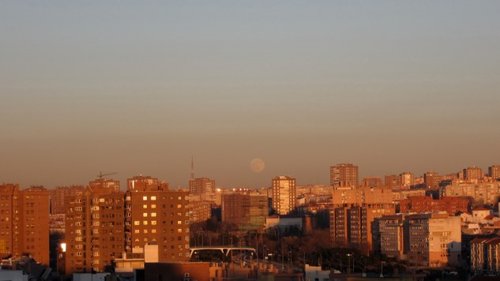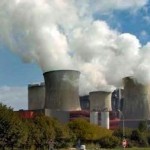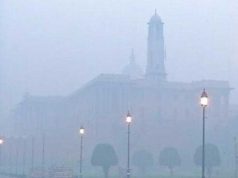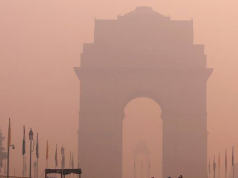Air pollution in Europe comes with a high price tag, according to a new report from the European Environment Agency (EEA). While policies have improved air quality overall, air pollution is still the main environmental health hazard, resulting in high costs for healthcare systems, unhealthy workers, and an estimated 400,000 premature deaths in Europe in 2011.
The Annual Air Quality Report collates data from official monitoring stations across Europe. It shows that almost all city dwellers are exposed to pollutants at levels deemed unsafe by the World Health Organization (WHO). For some pollutants, more than 95% of the urban population is exposed to unsafe levels.
Alongside the report, the EEA is publishing data showing pollution levels in almost 400 cities across Europe. While many large cities have relatively low levels of pollution, others have pollution levels above EU limits for a significant part of the year.
“Air pollution is still high in Europe,” EEA Executive Director Hans Bruyninckx said. “It leads to high costs: for our natural systems, our economy, the productivity of Europe’s workforce, and most seriously, the general health of Europeans.”
The most serious air pollutant is fine particulate matter, similar to dust or soot but with very small particles capable of penetrating deep into lungs. Long-term exposure to particulate matter was responsible for the vast majority of air pollution-caused premature deaths in Europe in 2011, the study shows, while high levels of ground-level ozone over short episodes also caused a significant number of deaths.
Most air pollutants have declined slightly over the last decade, including particulate matter and ozone. Nitrogen dioxide (NO2), another pollutant, has not fallen as fast as expected. This is partly because vehicles are an important source of NO2, and vehicle emission standards have not always led to the anticipated reductions.
The pollutant which increased the most over the last decade was benzo(a)pyrene (BaP). Emissions of this pollutant increased by more than a fifth between 2003 and 2012 as urban use of woodstoves and biomass heating increased. In 2012, almost nine out of ten city dwellers were exposed to BaP above WHO reference levels.
An increasing body of scientific research shows that air pollutants may be more harmful than previously thought. Air pollution’s effect on respiratory illnesses and heart disease is well known, but new studies have shown that it can also affect health in other ways, from foetal development to illnesses late in life.
While most harm comes from long-term exposure, short-term episodes can also be very dangerous. For example, Paris experienced an extended episode of high air pollution earlier this year, when still weather allowed a build-up of particulate matter over several days.
Alongside health, these pollutants also have a significant effect on plant life and ecosystems. These problems, including eutrophication, acidification and plant damage, have decreased in recent years. However, they are still wide-spread – for example, the long-term objective for limiting ozone was exceeded across 87% of Europe’s agricultural area in 2012, the report shows.
Check the following link to read/download the Full Report – “Air Quality in Europe – 2014 Report”:
http://www.eea.europa.eu/publications/air-quality-in-europe-2014
Source: EEA.















